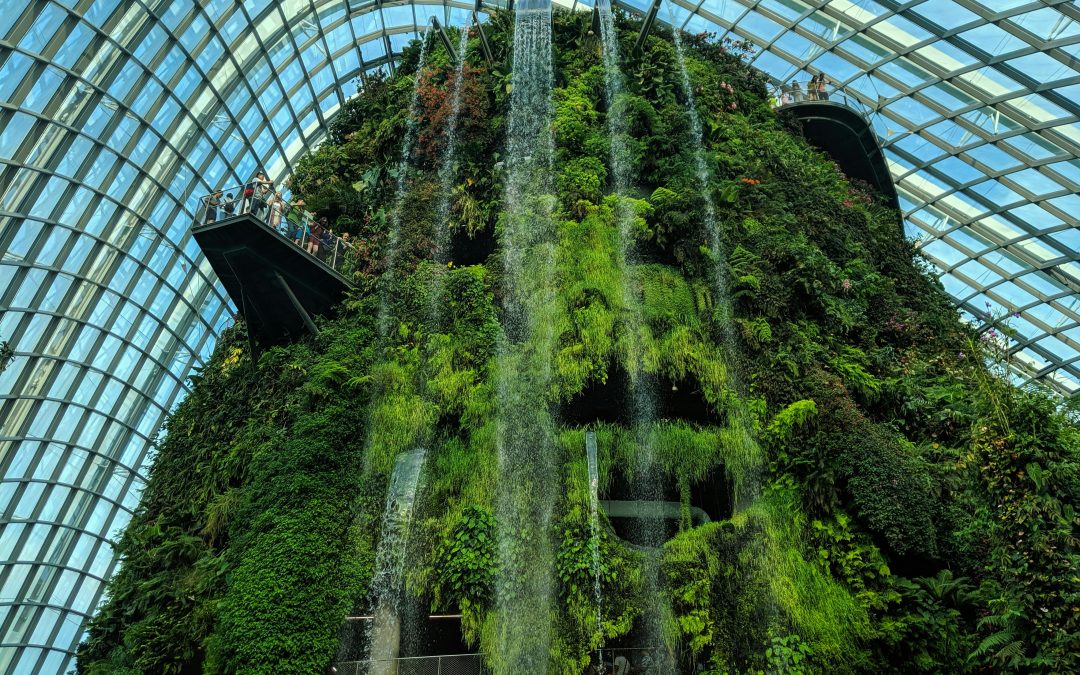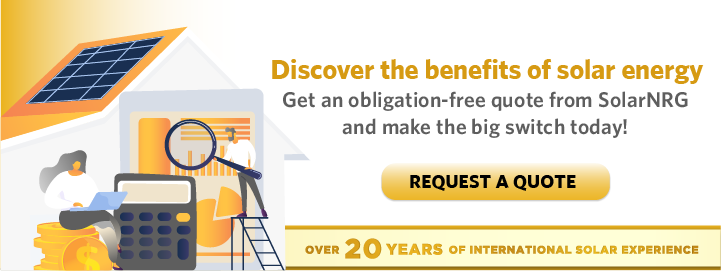Enter any modern city, and you’ll see sprawling changes compared to decades past—buildings are not only getting taller but also becoming greener, smarter, and more efficient. Similarly, LEED certification is gaining ground as the effects of climate change become increasingly apparent.
The shift toward LEED certification in the Philippines represents a movement toward smarter investments and the quest for long-term value when acquiring a building or similar structures.
What does it take for a building to earn this badge of recognition used around the world? In this guide, we’ll cover the basics of LEED certification requirements in the Philippines. We’ll also explain what the certification levels mean and how your business or building project can benefit from them.
Everything to Know About LEED Certification in the Philippines
LEED stands for Leadership in Energy and Environmental Design. It is an internationally recognized green building certification program—developed by the US Green Building Council (USGBC)—that serves as a framework for creating healthy, highly efficient, and cost-effective structures.
In the Philippines, LEED is a gold standard used to promote environmentally responsible construction and operational awareness in business.
Structures that meet green building certification in the Philippines aren’t just helping the planet—they’re gaining perks. These include utility bill savings, increased property value, and interested tenants or buyers who prioritize sustainability.
Addressing LEED certification requirements in these key categories enables you to earn points:
- Water usage – Reducing water consumption through efficient fixtures and systems to mitigate environmental impact.
- Energy efficiency – Using efficient systems and renewable sources for lower energy consumption and carbon footprint.
- Indoor air quality – A healthy indoor environment with properly managed ventilation and air filtration while reducing indoor pollutants.
- Materials selection – Choosing sustainable, recycled, or low-impact materials to minimize environmental harm during construction and operation.
- Location and transportation – Prioritizing projects near public transport and amenities to reduce dependency on personal vehicles for enhanced sustainability.
- Innovation and regional priority – Rewarding creative solutions and regional strategies that target specific environmental challenges or local priorities.
Depending on the total number of points earned, your building can achieve one of the following four levels:
-
Certified (40–49 points)
This entry-level mark of a green building demonstrates that your building meets essential environmental standards.
-
Silver (50–59 points)
A silver level demonstrates a stronger commitment to sustainability, often including more efficient systems for water and energy use.
-
Gold (60–79 points)
This level indicates that your building meets high-efficiency standards in most categories, making it an appealing option for eco-conscious tenants or buyers.
-
Platinum (80+ points)
Buildings with platinum certification are at the forefront of innovation, sustainability, and operational effectiveness. These are where the most prestigious green buildings live, earning them the highest recognition.
LEED certification isn’t just for new high-rises. Existing structures—such as offices, schools, and even homes—can be certified to meet LEED standards.
7 Ways to Increase Green Building Levels in the Philippines
Whether you’re planning a new development or managing an existing property, increasing your building’s green credentials can enhance its marketability, reduce operational costs, and demonstrate environmental responsibility.
Here are practical ways to boost your LEED score and move closer to green building certification:
1. Opt for energy-efficient appliances
Did you know that replacing old AC units with inverter types can reduce electricity bills by 30%–50%?
HVAC systems, lighting, and equipment consume a significant amount of energy. When you switch to Energy Star-rated appliances, you significantly reduce your building’s energy consumption and score points under the LEED “Energy and Atmosphere” category.
2. Enhance insulation
Good insulation lowers the demand for two of the largest energy consumers: heating and cooling. In the Philippines’ tropical climate, using reflective roofing materials and double-glazed windows can maintain comfort throughout buildings with less energy input. Consequently, a boost in your building’s energy efficiency score gains significant savings on utility bills over time.
3. Incorporate renewable energy sources
Solar panels are becoming increasingly accessible, which can significantly improve your LEED score. A rooftop solar array generates points, provides clean energy, and reduces reliance on the grid. Many buildings in Metro Manila are already collaborating with local providers to harness renewable energy.
4. Implement water conservation measures
Install low-flow toilets and rainwater collection systems for reduced water consumption. If you’re in areas with water service interruptions or high usage fees, efficient water management pays off quickly and helps you score points in the “Water Efficiency” category. Consider drip irrigation for landscaping to further reduce outdoor water use and accommodate renewable upgrades.
5. Utilize sustainable building materials
Opt for low-VOC, recycled, or locally sourced materials for furniture, walls, and floors. These choices maximize indoor air quality and reduce your building’s environmental footprint. Materials abundant in the Philippines, such as bamboo, provide a sustainable alternative to hardwood.
6. Maintain building systems
It’s not just about what you install—it’s how well you maintain it. Over time, inefficient plumbing and HVAC systems may stop working as intended. Keep everything functioning properly with preventive maintenance and routine system audits. This ongoing effort helps preserve your certification while avoiding costly repairs down the line.
7. Educate and train staff
Education is vital for both tenants and facilities crew. Small projects, such as recycling programs or energy-saving seminars, can help create a sustainable culture and provide you with innovation credits during the certification process.
Building for the Future Starts Now
Greener buildings don’t always don’t require major renovations—just innovative, gradual upgrades. Simple changes, whether switching to energy-efficient lighting or installing low-flow fixtures, can already boost your sustainability profile and certification potential.
As sustainability becomes increasingly essential, LEED-certified buildings are setting the standard for the future of construction in the Philippines. They offer lower operational costs, higher property value, and healthier spaces for people.
Whether you’re cutting costs or future-proofing a development, pursuing LEED is a smart move—and SolarNRG, and the solar panels for home on offer, can help you take that first step. Contact us today to explore how solar energy solutions can enhance your building’s performance and help you achieve LEED certification.


Recent Comments